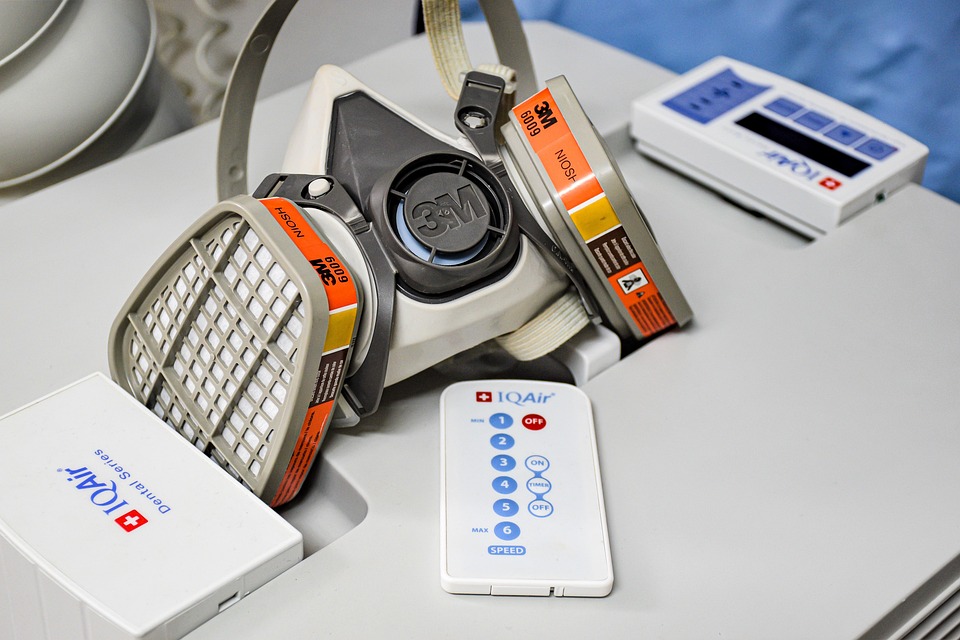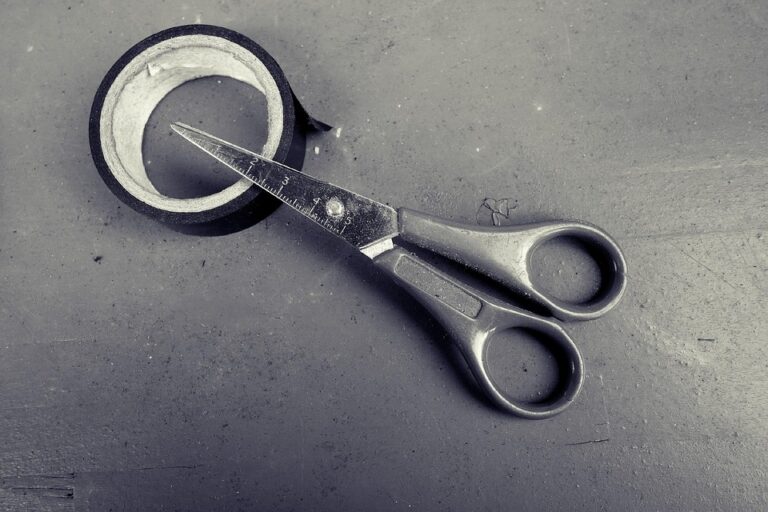how to remove 3m double sided tape
[ad_1]
Introduction
3M double-sided tape is renowned for its strong adhesion and versatility. From mounting lightweight objects to securing trim in automobiles, its applications are vast. However, its robust adhesive properties can also make removal a challenging task. Removing the tape improperly can damage surfaces, leaving behind sticky residue or even stripping paint. This guide provides a comprehensive overview of various methods for safely and effectively removing 3M double-sided tape, ensuring you preserve the integrity of the underlying material.
Understanding the Challenge
The difficulty in removing 3M double-sided tape stems from its construction. It typically consists of a carrier layer (foam, film, or paper) coated on both sides with a pressure-sensitive adhesive. This adhesive is designed to bond strongly to a variety of surfaces, creating a durable and long-lasting connection. Factors influencing the removal process include:
- Type of Surface: Smooth, non-porous surfaces (glass, metal) are generally easier to work with than porous surfaces (wood, drywall).
- Tape Age: The longer the tape has been in place, the stronger the bond becomes, and the more difficult removal will be.
- Tape Type: Different 3M double-sided tapes have varying adhesive strengths. Some are designed for permanent bonding, while others are more easily removable.
- Environmental Conditions: Heat and humidity can affect the adhesive properties, potentially making removal more challenging.
Methods for Removing 3M Double-Sided Tape
Here are several methods you can try, starting with the gentlest and progressing to more aggressive approaches. Always test a small, inconspicuous area first to ensure the method doesn’t damage the surface.
1. Manual Removal
This is the simplest approach, suitable for relatively new or weakly bonded tape. It involves carefully peeling the tape away from the surface. Use your fingers or a plastic scraper. Avoid using sharp metal objects, as they can scratch or gouge the surface.
Steps:
- Gently peel up a corner of the tape.
- Slowly and steadily pull the tape away from the surface at a low angle (ideally 45 degrees).
- If the tape tears, use a plastic scraper or credit card to lift the remaining pieces.
When to use: Freshly applied tape on smooth surfaces.
2. Heat
Heat softens the adhesive, making it easier to peel away. A hairdryer is a common tool for this method.
Steps:
- Set a hairdryer to its lowest setting.
- Hold the hairdryer a few inches away from the tape and apply heat for 30-60 seconds.
- Test a corner to see if the tape is loosening.
- If so, gently peel the tape away, continuing to apply heat as needed.
- For stubborn areas, you may need to reapply heat and use a plastic scraper to assist.
Warning: Avoid overheating delicate surfaces like plastic or painted walls, as this can cause damage. Keep the hairdryer moving to prevent localized heat buildup.
When to use: Tape on most surfaces, but especially effective on glass and metal. Use with caution on painted or plastic surfaces.
3. Solvents
Solvents like Goo Gone, WD-40, or isopropyl alcohol can dissolve the adhesive, making it easier to remove the tape and any remaining residue.
Steps:
- Test the solvent on an inconspicuous area to ensure it doesn’t damage the surface.
- Apply the solvent to the tape, allowing it to soak for several minutes (follow the product instructions).
- Use a plastic scraper or cloth to gently remove the softened tape.
- Reapply solvent as needed for stubborn areas.
- Once the tape is removed, clean the surface with soap and water to remove any remaining solvent residue.
Warning: Ensure adequate ventilation when using solvents. Wear gloves to protect your skin. Some solvents can damage certain surfaces, so always test first. Avoid using harsh chemicals like acetone or paint thinner, as they can be too aggressive.
When to use: For stubborn residue and tape on durable surfaces like metal and glass. Use with caution on painted, plastic, or wood surfaces.
4. Oil
Household oils like vegetable oil, olive oil, or baby oil can also help dissolve the adhesive. They are generally gentler than solvents, making them a good option for sensitive surfaces.
Steps:
- Apply a generous amount of oil to the tape, ensuring it soaks into the adhesive.
- Let the oil sit for at least 30 minutes, or even longer for stubborn tape.
- Use a plastic scraper or cloth to gently remove the softened tape.
- Clean the surface with soap and water to remove the oil residue.
When to use: On surfaces where you’re concerned about damaging the finish, such as painted walls or furniture. Especially effective on delicate plastics.
5. Specialized Adhesive Removers
There are specialized adhesive removers available specifically designed to remove sticky residue. These products often contain a blend of solvents and other ingredients that break down the adhesive bond.
Steps:
- Follow the instructions on the adhesive remover product.
- Typically, you will apply the remover to the tape, allow it to sit for a specified time, and then scrape or wipe away the tape and residue.
- Clean the surface with soap and water after removing the tape.
When to use: When other methods have failed, or when dealing with particularly stubborn or large areas of tape residue.
6. Using Fishing Line or Dental Floss
This method is particularly useful for removing tape from automotive surfaces or other areas where you need to avoid scratching. The thin line can slide behind the tape and cut through the adhesive.
Steps:
- Hold a length of fishing line or dental floss taut between your hands.
- Gently slide the line behind the tape, using a sawing motion to cut through the adhesive.
- Work your way along the length of the tape until it is completely detached.
- Remove any remaining residue with one of the solvent or oil methods described above.
When to use: Removing emblems or trim attached with double-sided tape, especially on vehicles.
Removing Residue
Even after removing the tape, some sticky residue may remain. The same methods used to remove the tape can also be used to remove residue. Solvents, oils, and specialized adhesive removers are all effective. For small amounts of residue, a damp cloth with dish soap may be sufficient.
Conclusion
Removing 3M double-sided tape doesn’t have to be a frustrating experience. By understanding the nature of the adhesive and choosing the appropriate removal method, you can safely and effectively remove the tape without damaging the underlying surface. Remember to always test a small, inconspicuous area first, and be patient. Starting with the gentlest methods and progressing to more aggressive ones is generally the best approach. With a little care and the right tools, you can successfully remove even the most stubborn 3M double-sided tape.
Frequently Asked Questions (FAQs)
[ad_2]





